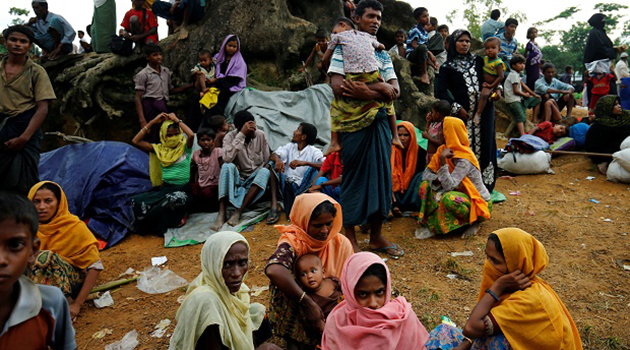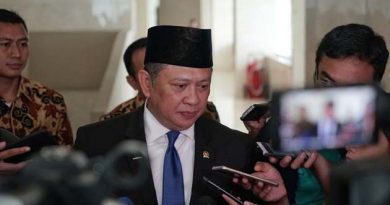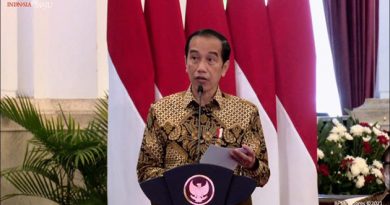Myanmar Blocks Rohingya Return With Fence, Barbed Wire and Land Mines

Myanmar’s military is fortifying its border with Bangladesh with a new fence, security forces and land mines, inflaming tensions with its neighbor and sending a “keep out” message to the hundreds of thousands of Rohingya refugees it drove from the country.
The chain-link fence, reinforced with barbed wire, anchored in concrete and buttressed in some sections with bunkers and military posts, now runs for much of the 170-mile border.
Rohingya say it is now impossible to get back into the country they left behind.
Bangladeshi border police and refugees say the Myanmar military has steadily fortified the border in recent weeks, part of a pattern of activity that could make permanent the expulsion of the Rohingya, an ethnic Muslim minority despised in much of the Buddhist-majority country.
“They feel that they have been successful in driving the vast number of Rohingya out, and they are going to make it hell for them to return,” said Zachary Abuza, a professor at the National War College in Washington.
Myanmar leader Aung San Suu Kyi’s government has said it would allow the return of Rohingya who can prove they are from Myanmar, but it has set a high bar and rejected all but a few hundred of the first batch of 8,000 applicants, though many Rohingya trace their roots in Myanmar back several generations.
On the sites of burned-out Rohingya villages across the border in Myanmar’s Rakhine state, security forces are constructing what Myanmar says are settlements for repatriated Rohingya; Amnesty International says some of the buildings are to be bases for security forces.
Bangladesh summoned Myanmar’s ambassador this month to complain that the military buildup would hamper repatriation.
A spokesman for Ms. Suu Kyi’s office said the buildup is a response to the security threat from the refugees now living across the border.
New fencing has been completed along all but 40 miles of the border, according to Aung Myat Moe, a Myanmar police colonel based in Rakhine. In February, Myanmar’s parliament approved $15 million to further upgrade the fencing.
Many of the 700,000 refugees who crossed into Bangladesh have been settled in camps amid the slow-moving repatriation efforts.
One group of 3,500 displaced Rohingya is trapped on a vulnerable sliver of land inside Myanmar, up against the Bangladeshi border near Konapara.
On one side are the border fence, set about 150 feet inside Myanmar, and Myanmar security forces, who have dug in on a low bluff overhanging the Rohingya encampment. On the Bangladesh side, border guards with rifles staff small checkpoints and patrol on foot and by truck.
“It’s not a safe place to stay,” said Fabrizio Carboni, head of the International Committee of the Red Cross delegation to Myanmar, which provides the Rohingya with food and medical services.
The people here have refused to enter Bangladesh, stating that they are citizens of Myanmar and won’t leave their country. But Myanmar doesn’t recognize the Rohingya as citizens, calling them Bangladeshi.
Some of the refugees said that until January they were able to use openings in what was a poorly maintained border fence to slip deeper into Myanmar. There they would collect coconuts and palm fruit and check on homes they abandoned in August, when the army launched operations it said were aimed at clearing militants but which the U.S. deemed ethnic cleansing.
“We can’t go back across the border fence now,” said Nur Alam, a Rohingya community leader. “There are no openings.”
If they could cross, it would be dangerous. Two Rohingya lost legs to land mines when they tried to sneak across around the time the fortifications began, Mr. Alam said. His son was injured when an exploding mine sent shrapnel into his chest.
A United Nations fact-finding mission on March 12 accused Myanmar’s government of dispatching heavily armed forces to the border, a move the mission said threatened Rohingya and caused some to flee this no-man’s-land near Konapara and cross into Bangladesh.
Zaw Htay, the spokesman for Ms. Suu Kyi’s office, said those living there were welcome to return home but were staying put to bring international pressure on Myanmar.
He also alleged that among them were members of a militant group, the Arakan Rohingya Salvation Army, whose attacks on security installations last year triggered the military response.
Mr. Alam denied any connections to ARSA here. He said refugees who had been caught attempting to cross the fence were beaten by security forces and, in some cases, falsely accused of being members of ARSA and imprisoned.
“We want to go back home immediately, but there is still no sign it is safe for us,” said Dil Mohammad, a community leader. He described their situation as increasingly precarious, fearing a brook that surrounds their huts will flood once the monsoon season begins in April.
Amnesty International says Myanmar is trying to dissuade Rohingya from applying to return to their homes in Myanmar.
“All of this building of security infrastructure sends a message: ‘This is how you’re going to be living if you’ve returned,’’’ said Laura Haigh, an Amnesty International researcher. “For a community that has just gone through what the Rohingya have gone through, I don’t see any other message than that.”
Courtesy : wsj.com
Photo : SINDOnews
[social_warfare buttons=”Facebook,Pinterest,LinkedIn,Twitter,Total”]



